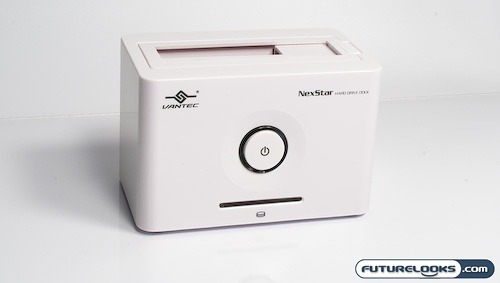This past weekend my computer's Intel storage matrix alerted me to an error in drive 2 of my RAID configuration. I ran a test on the hard drive and found out that the error is a S.M.A.R.T electrical error. The drive still works and I know that a S.M.A.R.T errors means that the drive can still function but it's just a matter of time before it fails completely.
I do have a 750 gig seagate replacement drive for the failing one but I am not 100% sure if I can re-build my RAID array on the new drive as I don't know that much about hardware I am afraid. I am also unsure of the RAID configuration of my drives (its either 0 or 1) because I do have a C:/ and a D:/ drive, the D:/ is a windows back up drive and from what I have read in the documentation from Intel I have a RAID 1 but there software says that it's a, "RAID 0(stripping)" which is confusing to say the least.
The computer is working just fine and I have not noticed any errors in fact I am using it to post right now as I copy my most crucial data to my external. Normally in this situation I would re-format but I am using about half of my 1.5 terabytes of space as I do a lot of work from home so this down time would make me suffer.
So any advice on what to do or even letting me know I am screwed would be nice as well. I just really want to know what I should do next so I can be as prepared as possible. The funny thing is I turned my PC on that day to look into adding new partions to my hard drive one for work one for personal...LOL talk about being a day late and a dollar short!
I do have a 750 gig seagate replacement drive for the failing one but I am not 100% sure if I can re-build my RAID array on the new drive as I don't know that much about hardware I am afraid. I am also unsure of the RAID configuration of my drives (its either 0 or 1) because I do have a C:/ and a D:/ drive, the D:/ is a windows back up drive and from what I have read in the documentation from Intel I have a RAID 1 but there software says that it's a, "RAID 0(stripping)" which is confusing to say the least.
The computer is working just fine and I have not noticed any errors in fact I am using it to post right now as I copy my most crucial data to my external. Normally in this situation I would re-format but I am using about half of my 1.5 terabytes of space as I do a lot of work from home so this down time would make me suffer.
So any advice on what to do or even letting me know I am screwed would be nice as well. I just really want to know what I should do next so I can be as prepared as possible. The funny thing is I turned my PC on that day to look into adding new partions to my hard drive one for work one for personal...LOL talk about being a day late and a dollar short!


